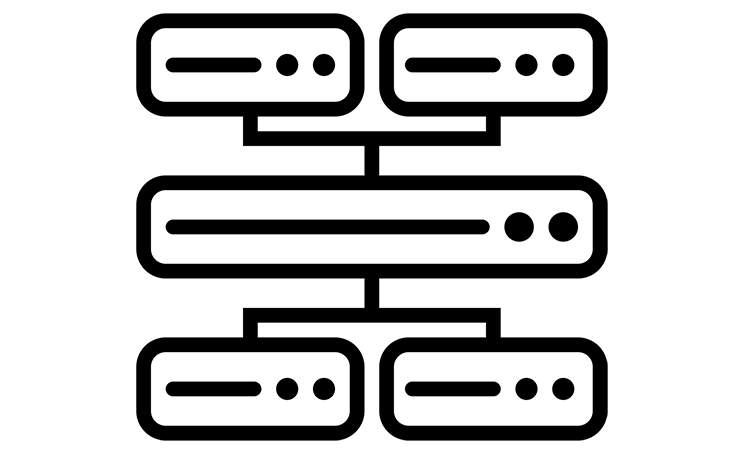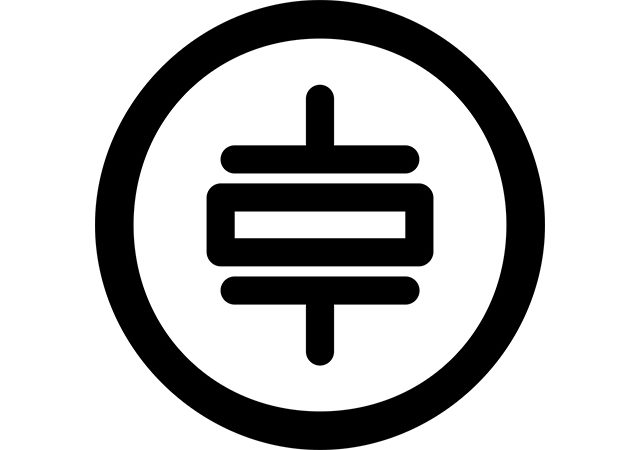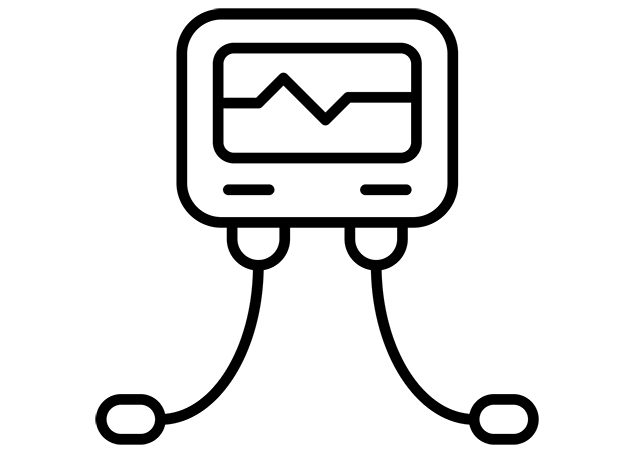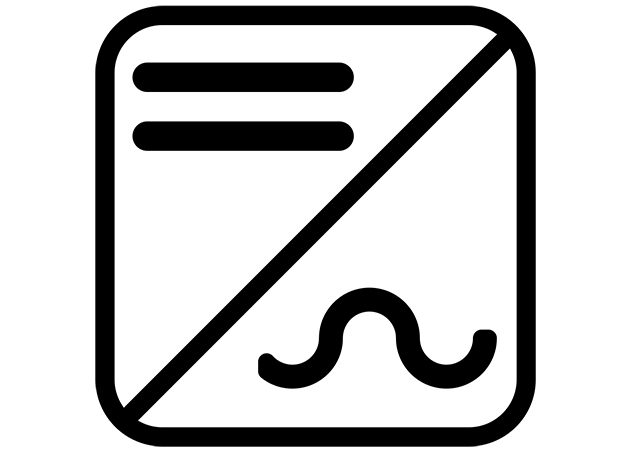Data transmission is one of the important steps in data acquisition, and that data is usually transmitted in digital form.
The most significant reason for that is the noise absence during transmission. Digital signals are carried by a bus which consists of serial or parallel wires that carry pieces of information. A bus also contains the controlling wires that control the data transmission conditions. The most frequently used ways of data transmission are RS-232 standard and IEEE 488 bus, that perform serial and parallel data transmission ways correspondingly.
The standard RS-232 is used when data should be transmitted into long distances. Serial transmission can operate in two modes – simplex and duplex. Simplex transmission performs only one-direction transmissions. Duplex transmission can be half-duplex and full-duplex.
The data-rate usually goes in bits/seconds, and one unit is called a baud. Data rates are standardised from 50 to 19,200 bauds. Serial transmission can be synchronous and asynchronous. The data coding scheme for serial transmission is ASCII, consisting of 8-bits, where one of the bits is a parity bit that can detect errors during transmission.
The IEEE-488 Bus, performs parallel data transmission. The bus consist of 16 wires, where 8 wires are responsible for carring the data, 3 wires for the protocol, the rest for controlling the data flow. The maximum length for the bus cable is 20m, and the maximum data rate is 1Mbyte/sec. There is up to 15 devices that can be connected to the IEEE-488 bus. A bit of data should be coded with ASCII code. Devices connected to the IEEE-488 bus can be graded as controllers, talkers and listeners. Protocol is prescribing the set of rules, managing the talking and listening functions.




